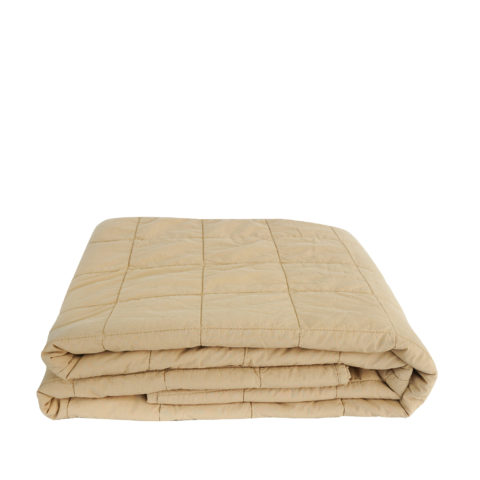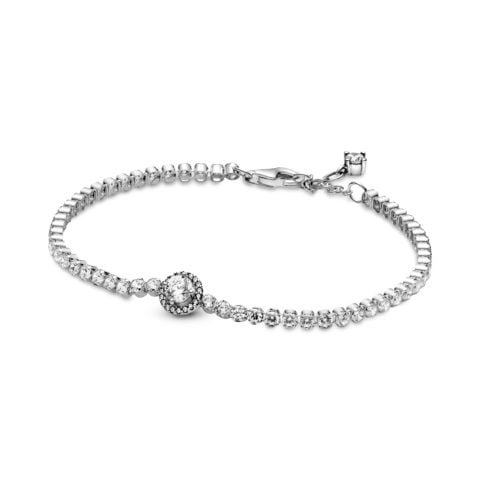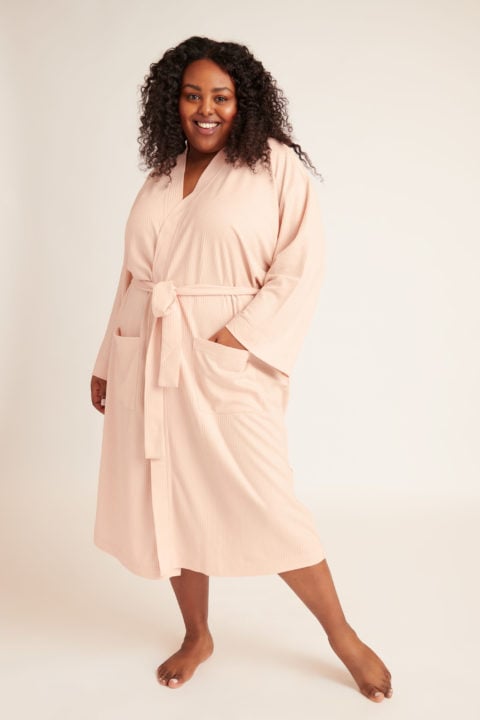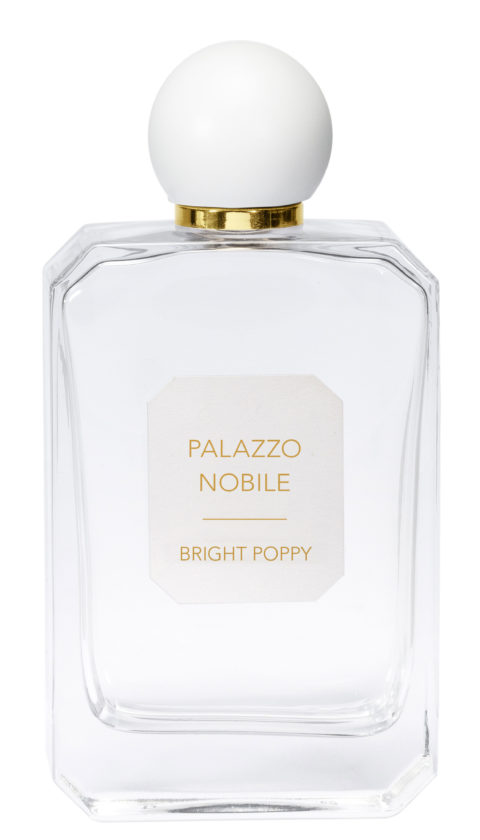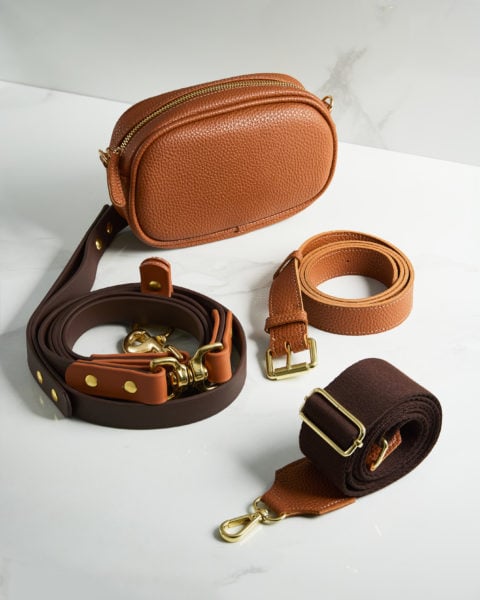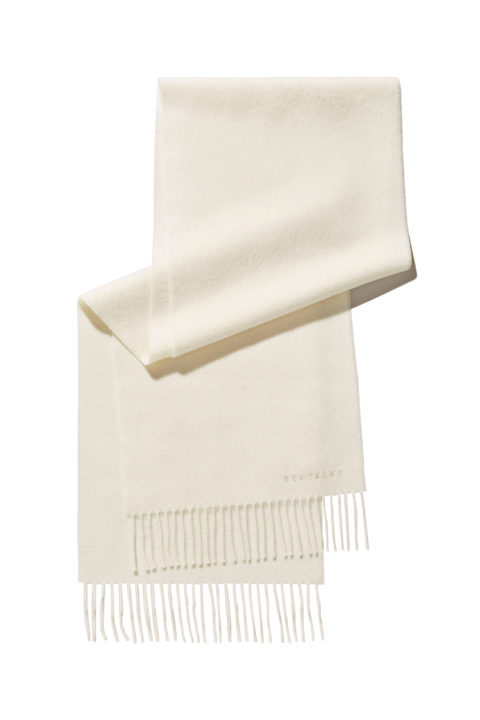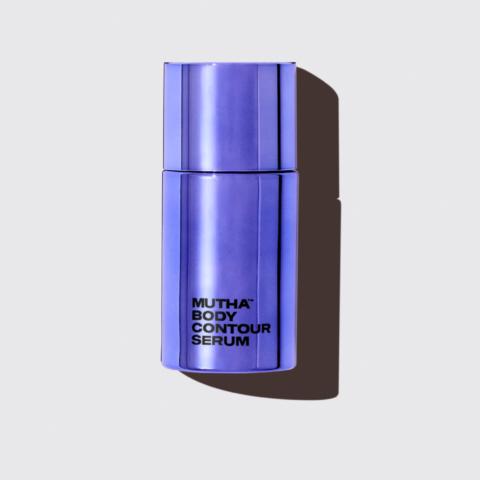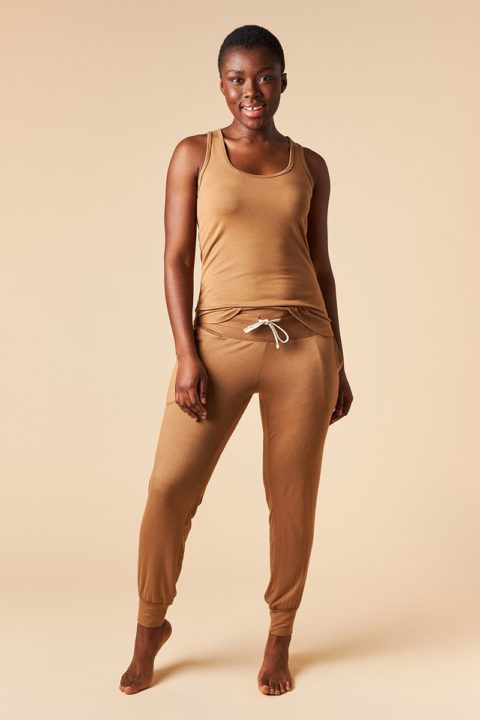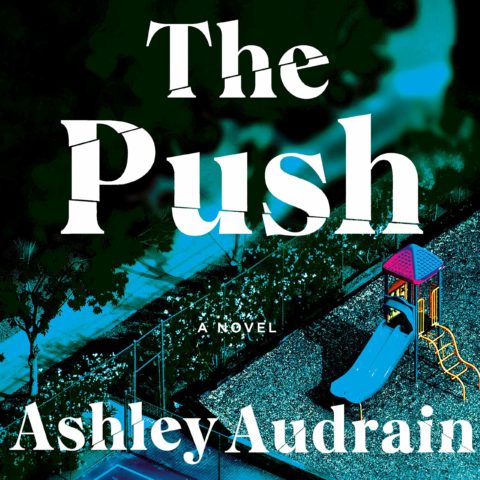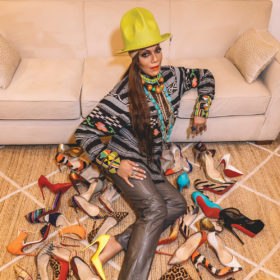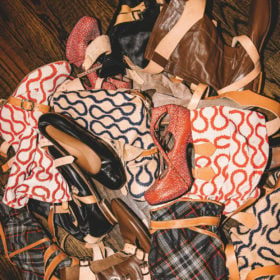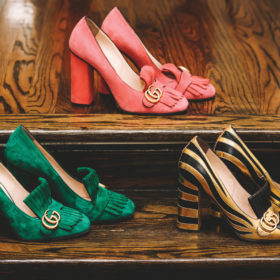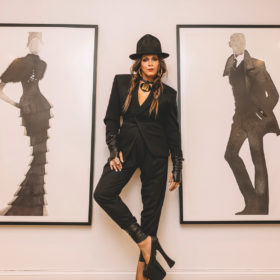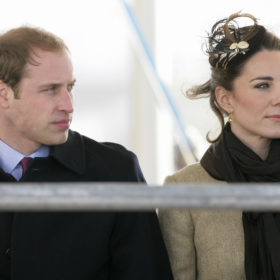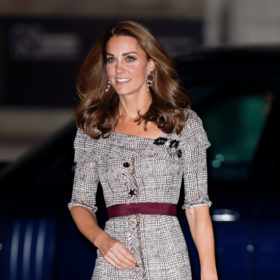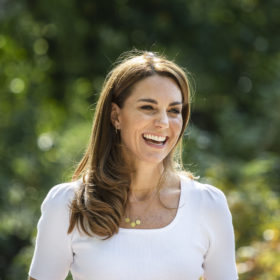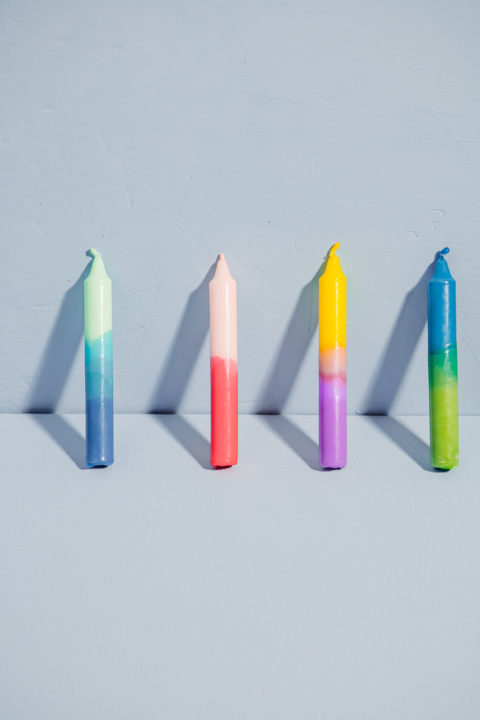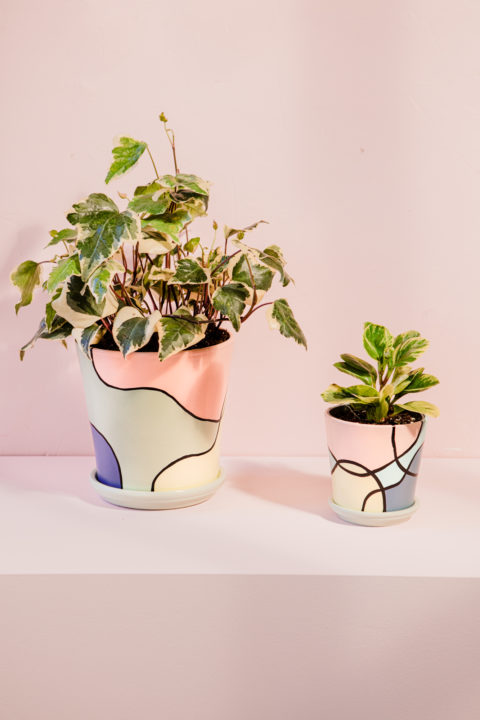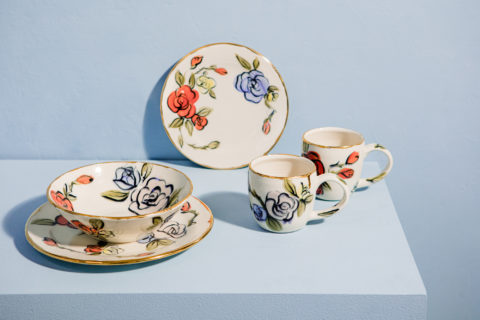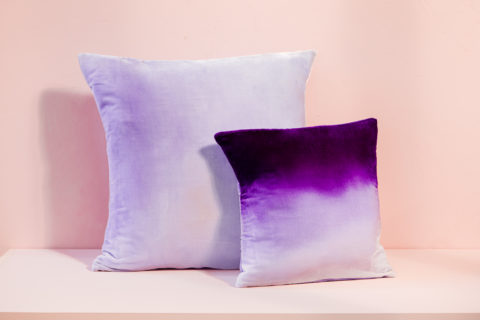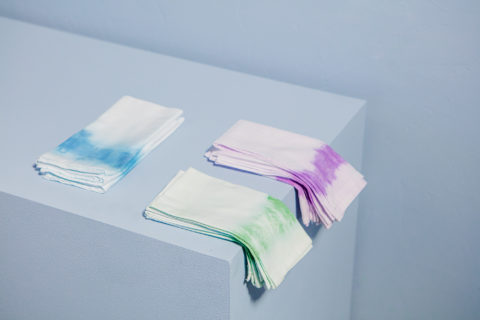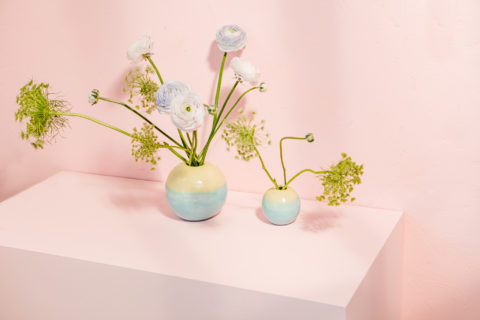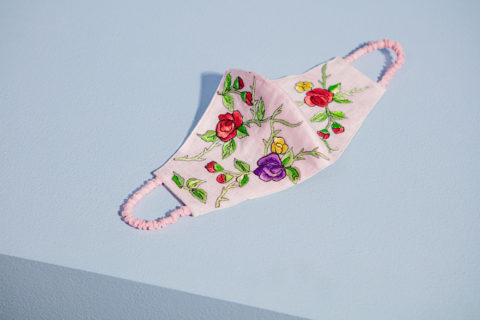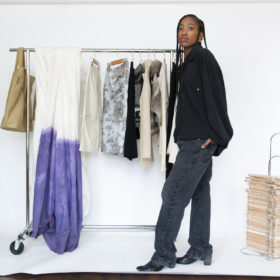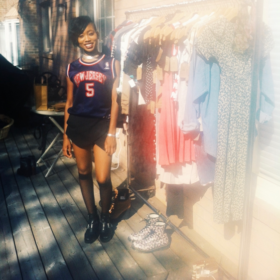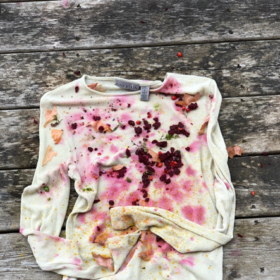So, you’re tackling your spring to-do list and confronting your closet. Before you cull your pieces and approach the resale market, here’s what Canadian consignment experts want you to know.
Assess condition and cache
Is what you want to sell a viable item? Here’s what “gently worn” actually means: Clothing must be in good to excellent condition, intact and free of pills, pulls and stains. At Toronto’s I Miss You Vintage and I Miss You Man luxury resale shops, footwear must be nearly new or brand new and from no more than five seasons before. Garments should also be freshly cleaned before being consigned; most resellers steam intake items and use UV wands to disinfect purses and jewellery. (Accessories typically fare better in the consignment world, depend ing on their wear.) When consigning, find out if you’re responsible for any additional third party charges, such as dry cleaning or authentication, on high end goods.
Stay on schedule
Get items in at the top of the season. Resellers follow the same timeline as new retail to stay competitive and try to realize the full price of a piece before markdowns. Joy Mauro, founder of British Columbia-based luxury retailer Turnabout, starts taking spring/summer items in mid January and fall/winter pieces around August. Some resellers prefer even more advance timing. “Bring me your summer in December,” says VSP Consignment’s Britt Rawlinson. “We like to prepare marketing around delivering a new season, and you’ll get the best sell through. But we always say ‘If you’ve got something good, bring it to us.’ Certain pieces and brands will always have a high saleability rate, and the time frame is less import ant.” And with the rise of seasonless dressing, that’s becoming even more true.
Keep up with trends
With WFH dressing being firmly ensconced now, some resellers report that they’ve stopped taking in business suiting; blazers are a major exception, and they’re actually more popular now than ever. The biggest casualty of the pandemic comfort shift? Surprisingly, it’s not gowns. High heels are the hardest hit category, says Mauro, adding, “Even our Louboutins are struggling.” But contemporary designers like Isabel Marant and Zimmermann don’t linger on the rack very long, notes Ashley Greeff, Turnabout’s Vancouver fashion buyer and resale manager, with Rag & Bone and John Varvatos being strong sellers on the menswear side. “With luxe, you can’t go wrong with Louis Vuitton, Chanel and Hermès, and YSL is very hot right now,” she says. Ditto current Gucci — especially anything that’s excessively logoed.
Understand the market
“From an investment perspective, we’re always going to see the best returns from the big names,” says Lauryn Vaughn, founder and CEO of Calgary luxury reseller The Upside, quickly rhyming off Mackage, Moncler, Tiffany & Co. and Canada Goose as bestsellers. But she’s also seeing a surge of interest in contemporary luxury labels like Alice + Olivia — brands that “speak to what people are wearing now: a blazer and a cute top with sneakers, the goto business outfit at home.”
That said, most resellers cherrypick designer fare in appraisals, while a selection of consignment businesses focus more on mass brands. Only a few do both. “We serve a purpose for anybody who wants to clear out their closet and just not deal with any of it again,” Mauro says of why Turnabout welcomes everything from Lululemon and Club Monaco to Brunello Cucinelli and Balenciaga. Beyond that, any rejected consignment items (“like H&M or Joe Fresh, because the resale value just isn’t there”) can be donated to Turnabout’s not for profit community store, where all proceeds from sales go to its charity partner, Dress for Success.
Shop around
“In the client consignor relationship, every seller is a business partner of ours, and we’re working for them,” says Rawlinson. When considering which consignor to work with, pay attention to its marketing. Does it have a newsletter? Is it active on social media? Are the clothes well photographed and styled? How attractive and user friendly is its website (if it has one)? “We’re a service industry,” says Mauro, describing her own investment in a dedicated content studio and digital marketing team. The Fashion Edit, helmed by stylist Zeina Esmail, offers assets that capture the haute vibe of one of her editorials. Additionally, reputable resellers are transparent about their commission rates and payment timelines and make guidelines accessible, with directions on what they do and don’t accept. Some resellers, like Montreal’s My Luxury Closet, feature online templates for uploading descriptions and photos to speed up the assessment process; others, like Second Edition, in Moncton, N.B., have a more modest web presence but are strong on their personable in store experience.
Find the right fit
Each reseller (and its Instagram feed) has a point of view, and if you would shop there, chances are your stuff will sell there. Browse websites or drop by the physical location (pandemic permitting) to get a sense of the assortment. It’s not just about the products a consignor carries and its terms of agreement; it’s also about the vibe. The retail area of The Upside occupies just a fraction of its 420 square metre logistics headquarters, but Vaughn says that even more than its sophisticated website, it’s the appealingly warm industrial space — and its sleek consignment bar — that cements the upscale consignment experience for both sellers and shoppers. And what some resellers lack in scale they make up for in specificity. Vancouver reseller Faulkner has a niche with avant garde European design, Japanese labels and vintage workwear; size inclusive Consign Your Curves, in Guelph, Ont., specializes in sizes 12 to 32+; and etailer Canary deals in designer jewellery names like John Hardy and David Yurman.
Know your terms
When you meet with a consignor, be savvy about the commission scale. Your share is a percentage of the realized selling price (usually anywhere from 30 to 60 per cent), but as the season progresses, articles head to the sale racks. Find out about the discount scale and schedule as well as the timeline of payouts. And be aware that some resellers offer layaway terms, which may delay payment. Don’t be shy in negotiating a better commission — up to 80 per cent — or even a direct buyout. But, likewise, it’s important to temper your expectations. “Don’t be precious,” says Mauro. “There’s Facebook Marketplace or Poshmark if you want to do your own thing.”
Plan for seasons to come
Prepare ahead of time if possible, starting the moment you buy. Keep all size tags and labels inside the garment intact. For shoes and accessories, hold on to the box and/or dust bag. And think about resale value when mulling over a new purchase. After all, closing the loop on circular fashion is getting closer all the time. Vaughn is pushing for more participation from the fashion industry early in the cycle, and this spring, The Upside is introducing integrated software that will help encourage and ease shoppers into the resale mindset. When you buy a new garment with one of its partner brands (like contemporary Canadian label Smythe), it locks in a guaranteed buyback price that’s valid if you consign the item there within eight months.
The post Want To Start Consigning Clothes? Here Are the Top Tips From Canadian Experts appeared first on FASHION Magazine.
from FASHION Magazine https://ift.tt/3tcV1Og
via
babu31blog
